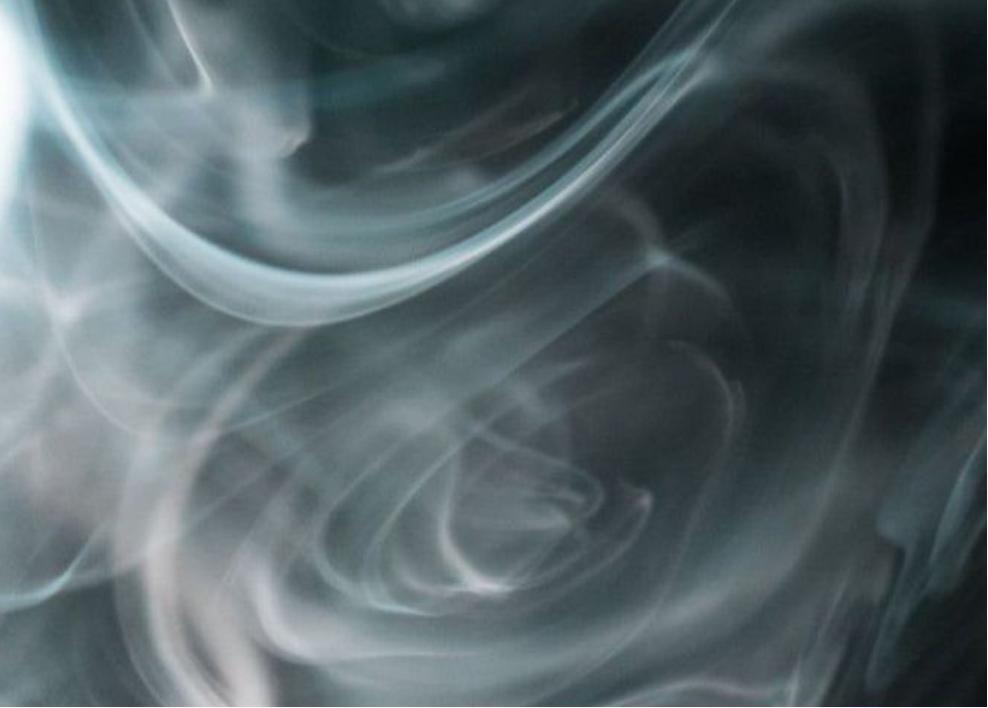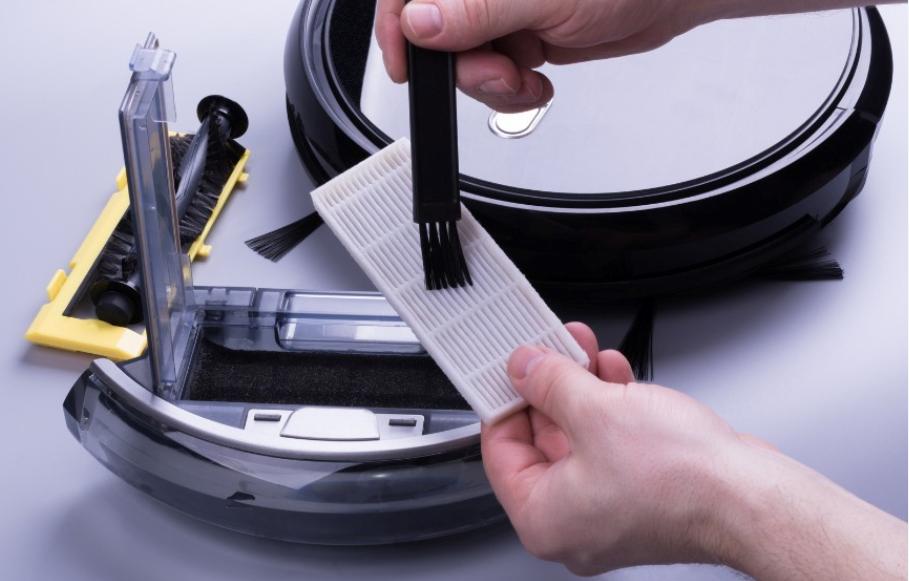Why Is My Vacuum Smoking? Common Causes and Fixes
A smoking vacuum is a problem you simply cannot ignore. The sight or smell of smoke can indicate serious issues, risking not only the appliance but potentially creating a fire hazard. Understanding the common causes behind this problem can empower you to take quick and effective action. This blog will guide you through the most frequent reasons your vacuum might be smoking and provide detailed instructions to diagnose and fix the issue. Proper maintenance can prevent this issue from recurring, safeguarding your investment and ensuring a clean and safe household environment.

What Causes a Vacuum to Smoke?
A vacuum may start smoking for several reasons, each with specific signs and remedies.
Overheated Motor
The motor can overheat due to extended use or a lack of airflow. This typically happens when the vacuum runs continuously without breaks, especially when your appliance is older or high-powered.
Clogged Filters or Hoses
Clogs in filters or hoses restrict airflow, causing the motor to work harder and heat up. Smoking occurs when debris accumulates, restricting passage and causing the motor to overheat.
Burnt Belt or Broken Brush Roll
Worn or broken belts and brush rolls can produce friction, causing overheating. When these components struggle to turn, it creates excessive friction, often leading to smoking.
Electrical Short or Wiring Issues
Faulty wiring or electrical shorts pose a significant risk. These are usually accompanied by burning smells and can cause smoke. Identifying these issues is critical for maintaining your safety.
How to Diagnose the Smoking Problem
Identifying the root of the problem ensures the correct solution is applied.
Check for Burning Smell and Sound
A burning smell or unusual noises often accompany smoke. Turn off the vacuum and unplug it. Check these indicators to pinpoint the issue.
Inspect Filters, Belts, and Brush Roll
Examine the filters, belts, and brush roll for signs of wear or blockage. Remove filters to check for accumulated debris and inspect the belt for burning.

Examine the Motor Housing and Wires
Carefully look at the motor housing and wires. Melted or burned housing and damaged wires could attribute to the smoking. Be sure to handle electrical components carefully.
Step-by-Step Fixes for a Smoking Vacuum
After diagnosing the issue, follow these steps to address the problem.
Cleaning and Replacing Clogged Filters
Remove and clean filters thoroughly. If they are beyond cleaning, replace them. Check for manufacturer instructions regarding filter maintenance.
Removing Blockages in the Hose or Canister
Disconnect hoses and remove the canister. Use a long tool to clear any obstructions. Reassemble and test to ensure proper airflow.
Replacing a Burnt Belt or Brush Roll
Refer to the user manual to detach and examine the brush roll and belt. If burnt, replace them with new components, ensuring they fit correctly.
Cooling Down or Replacing the Motor
Allow the motor to cool if it has overheated. If cooling doesn’t work and the motor continues to smoke, replacement may be necessary. Check for warranty options before proceeding.
When to Call a Professional
If the problem persists or seems too complex to address safely, consult a professional technician. They have the expertise to resolve intricate issues.
How to Prevent Your Vacuum from Smoking Again
Prevention is key to avoiding future problems.
Regular Maintenance Schedule
Follow a regular maintenance schedule as per your vacuum’s manual. Frequent checks and cleanings can prevent significant issues.
Use Correct Replacement Parts
Always use manufacturer-approved parts for replacements. This ensures compatibility and longevity of your appliance.
Avoid Vacuuming Hazardous Materials
Do not vacuum up smoking hazards like metal objects or wet items. These can damage the vacuum and increase the risk of smoke and fire.
Conclusion
A smoking vacuum signals an underlying problem that requires immediate attention. Diagnosing the cause—from clogged filters to an overheated motor—and applying the appropriate fix can save your vacuum and ensure safe operation. Regular maintenance, using the correct parts, and avoiding hazardous materials can prevent future issues. If uncertain about the repairs, don’t hesitate to seek professional help, ensuring your vacuum remains in good working condition for years to come.
FAQ
Can I still use my vacuum if it’s smoking a little?
No, using a smoking vacuum can be dangerous. Turn it off immediately and diagnose the cause before further use.
How much does it cost to repair a smoking vacuum?
Repair costs vary based on the issue, ranging from $50 for simple component replacements to over $150 for more complex electrical repairs.
What if the vacuum smokes but still works?
Smoking indicates a critical problem. Even if it works, continued use can cause further damage or a fire. Address the issue immediately to prevent risks.
